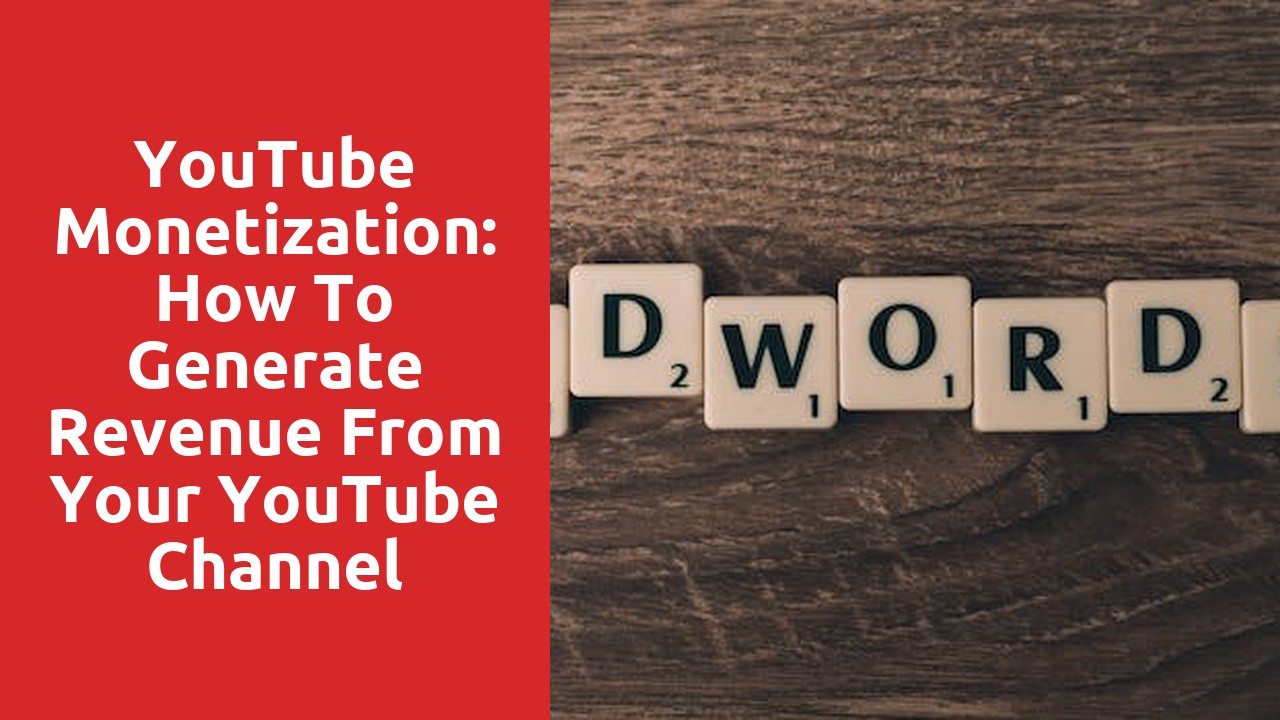Understanding the Importance of Content Strategy in Achieving Business Goals
In today’s digital age, businesses are constantly vying for attention in an overcrowded marketplace. With so much noise and competition, it’s becoming increasingly crucial for companies to have a well-defined content strategy in place. Content strategy is not just about creating engaging and informative content; it goes beyond that. It encompasses the planning, creation, distribution, and management of content to achieve specific business objectives.
One key reason why content strategy is important in achieving business goals is its ability to establish credibility and trust with your target audience. When you consistently deliver valuable and relevant content, you position yourself as an industry thought leader. This, in turn, builds trust among your audience and increases the likelihood of them choosing your products or services over your competitors. Moreover, a sound content strategy helps you differentiate yourself from the competition by showcasing your unique value proposition and expertise in a compelling manner. By consistently delivering high-quality content that addresses the pain points and challenges faced by your target audience, you can establish your brand as the go-to resource in your industry.
Identifying Key Business Objectives and Goals
In order for a business to succeed and grow, it is crucial to identify key objectives and goals. These serve as the roadmap towards success and provide a clear direction for the organization. Without a well-defined set of goals, businesses risk running aimlessly, lacking focus and ultimately failing to achieve their full potential.
Identifying key business objectives involves carefully assessing the current state of the organization and determining what needs to be achieved in the future. This requires a deep understanding of the company’s values, vision, and industry trends. By setting specific, measurable, attainable, relevant, and time-bound (SMART) objectives, businesses can ensure that their goals are realistic and align with their overall strategic vision. By regularly reviewing and revising these objectives, companies can adapt to changing market conditions and stay ahead of the competition. Ultimately, the process of identifying key business objectives and goals lays the foundation for success and sets the stage for continuous growth.
Conducting a Comprehensive Content Audit
A comprehensive content audit is a vital step in ensuring the effectiveness and relevance of your website’s content. By conducting such an audit, you can identify any gaps, inconsistencies, or outdated information that may exist within your content. In turn, this allows you to make informed decisions on how to improve your content strategy and better engage your target audience.
To start the audit, it is important to establish clear objectives and goals. This will help guide your assessment process and determine which aspects of your content need to be prioritized. Additionally, ensure that you have a well-defined methodology in place to evaluate your content across different metrics such as accuracy, usability, and search engine optimization (SEO). By taking these steps and thoroughly analyzing your content, you can create a solid foundation for optimizing your website’s content and achieving your desired outcomes.
Analyzing Target Audience and Their Needs
To effectively reach your target audience, it is crucial to conduct a comprehensive analysis of who they are and what they truly need. This step is fundamental in crafting a successful marketing strategy that resonates with the right people and addresses their specific pain points. By understanding their demographics, psychographics, and purchasing behaviors, you can tailor your approach to meet their expectations.
Demographics play a significant role in identifying your target audience. Factors such as age, gender, location, and income provide valuable insights into the type of individuals you are targeting. For instance, if you are marketing a luxury brand, you may want to focus on affluent individuals who can afford your products or services. On the other hand, if your target audience is predominantly young adults, you might need to adopt a more casual and relatable tone to capture their attention.
Psychographics delve deeper into the audience’s personality traits, values, interests, and opinions. By understanding what motivates and influences their decision-making process, you can create a strong emotional connection with your target audience. For instance, if your product promotes environmental sustainability, you should emphasize its eco-friendly features to attract individuals who are passionate about preserving the planet.
Additionally, analyzing your target audience’s purchasing behaviors will provide valuable insights into their shopping habits. You need to understand how they prefer to consume information, where they search for products or services, and what factors influence their purchasing decisions. This knowledge empowers you to choose the most appropriate channels and formats to convey your message effectively.
In conclusion, taking the time to thoroughly analyze your target audience and their specific needs is essential for developing a successful marketing strategy. By considering their demographics, understanding their psychographics, and studying their purchasing behaviors, you can tailor your messaging and approach to resonate with the right people. Remember, each target audience is unique, so make sure to invest the necessary effort in understanding who they are and how to meet their needs.
Developing a Clear Brand Voice and Messaging Strategy
In today’s competitive marketplace, establishing a clear brand voice and messaging strategy is crucial for businesses looking to differentiate themselves and connect with their target audience. Your brand voice encompasses the personality and values of your brand, while your messaging strategy focuses on how you communicate your brand’s benefits and unique selling points to your customers.
To develop a clear brand voice, start by clearly defining your brand’s core values and mission. Understanding what your brand stands for will help guide your messaging and ensure consistency across all communication channels. Consider the tone and language that resonates with your target audience, and align your brand voice accordingly. Remember, consistency is key – whether it’s in your advertising, social media presence, or customer service interactions, maintaining a cohesive brand voice will build trust and make your brand more memorable.
Creating a Content Plan to Support Business Goals
When it comes to achieving business goals, having a well-crafted content plan can make all the difference. A content plan acts as a roadmap, guiding your efforts and ensuring that every piece of content created aligns with your business objectives. Whether your goal is to increase brand awareness, generate leads, or drive conversions, a content plan provides a strategic framework to achieve these desired outcomes.
The first step in creating a content plan is to clearly define your business goals. What do you hope to achieve with your content? Understanding your objectives is crucial as it allows you to tailor your content strategy accordingly. Once you have identified your goals, it’s time to conduct a thorough analysis of your target audience. By understanding who your audience is, their preferences, interests, and pain points, you can create content that resonates with them and drives engagement. The next step involves conducting a competitive analysis to identify gaps in the market and uncover opportunities for differentiation. By staying aware of what your competitors are doing, you can develop unique content that sets you apart from the crowd.














